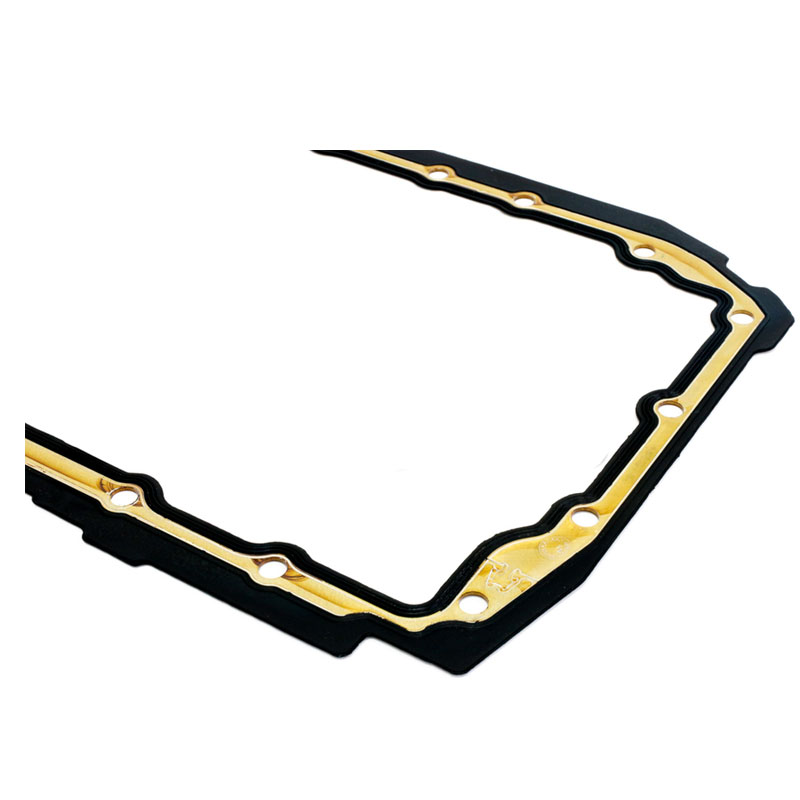Exploring Solutions for Replacing a Rounded Oil Drain Plug Without Causing Damage to the Engine
Understanding the Issues of a Rounded Oil Drain Plug
An oil drain plug is a critical component of any engine’s lubrication system. Its primary function is to serve as the outlet for old engine oil during an oil change. However, over time and with repeated use, the drain plug can become rounded, leading to a host of problems for both amateur and professional mechanics. This article aims to shed light on the causes, consequences, and solutions related to a rounded oil drain plug.
Causes of a Rounded Oil Drain Plug
One of the primary reasons for a rounded oil drain plug is improper installation or over-tightening. Many do-it-yourself mechanics may either struggle to find the right torque specifications or become overly enthusiastic when securing the plug. This excessive force can deform the hex head of the plug, making it difficult to remove in the future.
Another contributing factor is corrosion. Engine oil and other fluids can contain chemicals that, over time, lead to rust and deterioration of the oil drain plug. This corrosion can weaken the metal, making it easier for the corners of the plug to round off during normal use. In regions where road salt is used for winter maintenance, the likelihood of corrosion increases significantly, leading to a higher chance of encountering a rounded drain plug.
Lastly, using the wrong tools when attempting to remove the drain plug can also lead to rounding
. A socket that does not fit properly or a wrench that slips can exert uneven pressure on the plug, causing the corners to wear down.Consequences of a Rounded Oil Drain Plug
The ramifications of a rounded oil drain plug can be severe. The first and most obvious issue is the inability to remove the plug, which can leave a vehicle immobile if an oil change is required. This situation can lead to the accumulation of old oil and contaminants in the engine, resulting in decreased performance and potential engine damage.
oil drain plug rounded

Moreover, a rounded plug can create leaks. Even if the plug can still be tightened, a compromised seal can allow oil to escape, leading to potential engine lubricity issues and the risk of overheating. Leaks can also cause other components to become soaked in oil, creating hazardous driving conditions and additional repairs.
Solutions for Dealing with a Rounded Oil Drain Plug
Addressing a rounded oil drain plug is not necessarily a lost cause. There are several strategies that mechanics can utilize to remove a rounded plug effectively. One common method is to use locking pliers (Vice-Grips) to grip the head of the plug firmly and turn it counterclockwise. This technique may require some force and can potentially damage the surrounding area, so it should be employed with caution.
Another approach involves using a specialized tool known as an extractor. These tools are designed to grip the remaining edges of the rounded plug and can be an effective solution for complete removal. If these methods fail, it may become necessary to drill out the old plug, but this should only be done by those experienced in engine work as it can easily lead to damage.
If the plug is beyond recovery, replacing it with a new one is essential. This replacement provides peace of mind and ensures that the engine remains well-lubricated and free of leaks.
Conclusion
A rounded oil drain plug may seem like a minor issue at first, but it can lead to significant problems if not addressed promptly. By understanding the causes and consequences of this issue, motorists can take preventive measures to avoid it altogether. Regular maintenance and careful installation practices can go a long way in keeping the oil drain plug in good condition, ensuring that the engine runs smoothly and efficiently for years to come.
-
Understanding the Importance of the Crankshaft Oil Seal in Engine Performance
News Jun.16,2025
-
The Unsung Heroes of Engine Protection: Understanding Automotive Shaft Seals and Oil Seals
News Jun.16,2025
-
Keeping the Engine Tight: The Role of Crankshaft Seals and Gaskets in Oil Control
News Jun.16,2025
-
Complete Protection in Harsh Conditions: A Deep Dive into Cassette Seals
News Jun.16,2025
-
Choosing the Right Oil Seal: A Guide to Trusted Brands and Suppliers
News Jun.16,2025
-
Advanced Sealing Technologies: Exploring the Range of Modern Oil Seals
News Jun.16,2025
-
Your Essential Guide to Car Repair Kits: From Rust to Dings
News Jun.13,2025
Products categories















